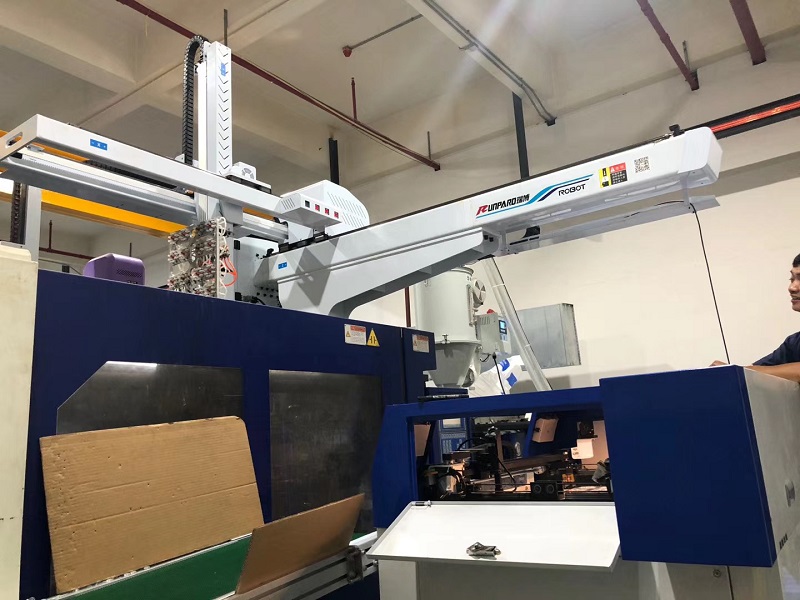- Home
-
About usAbout usDongguan Ruibo Automation Technology Co., Ltd. is located on Shaling West Road, Xiakou, Dongguan City. It specializes in the production of specialized robotic arms for injection molding machines, automation equipment around injection molding machines, and intelligent equipment manufacturing enterprises such as industrial robots. It is a technology-intensive enterprise that integrates product design and development, production and manufacturing, and sales services

-
ProductProductsSpecialized in manufacturing intelligent equipment such as injection molding machine specialized robotic arms, injection molding machine peripheral automation equipment, and industrial robots

-
CaseApplicationRuibo Company adheres to the business philosophy of "customer-centric" and will continue to focus on creating value for customers based on their actual needs

-
NewsNewsFollow Ruibo Automation Technology and stay up-to-date with the latest information on injection molding machine robotic arms and non-standard automation

-
Contact
Consultation (Mr. Liu)
+86-137-9498-2536



 Ruibo Automation
Ruibo Automation



